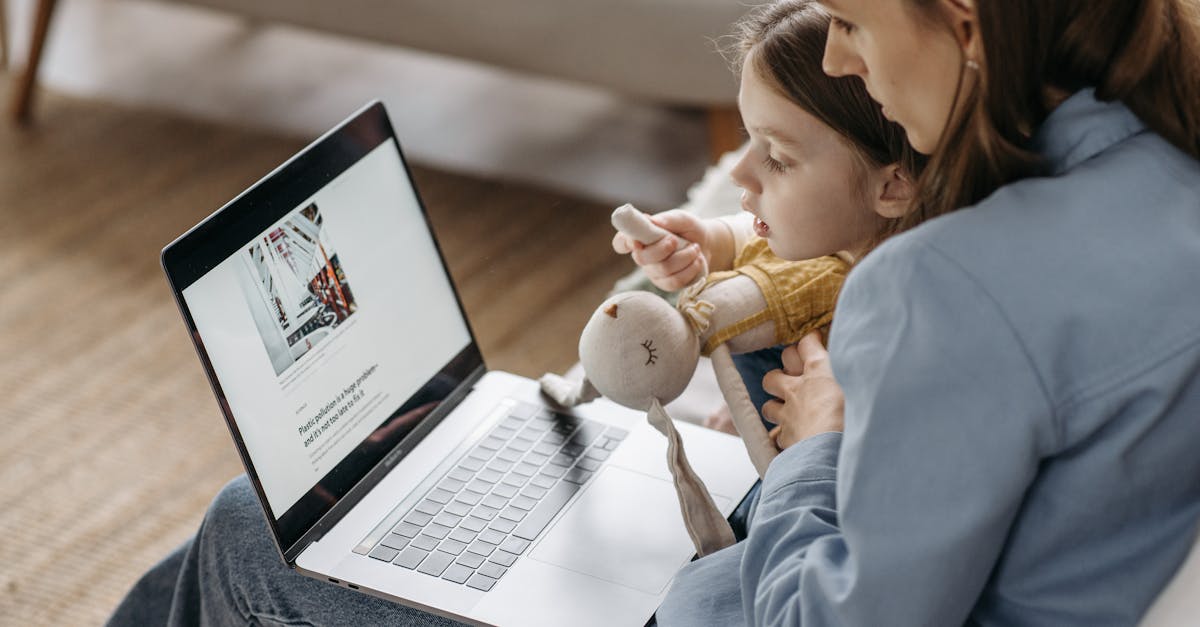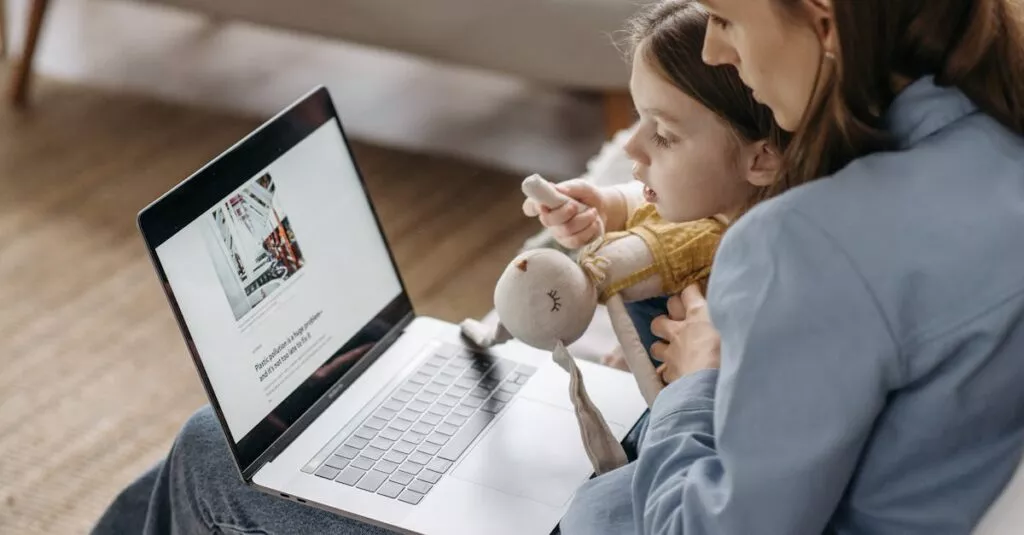Create a Safe Sleeping Environment
Creating a safe sleeping environment for your newborn is crucial. Always place your baby on their back in a crib with a firm mattress. Avoid soft bedding, which can increase the risk of suffocation. I once thought all those stuffed animals looked cute in the crib, but it’s best to save them for playtime.

Babyproofing Your Home
Babyproofing your home requires attention to detail. Start by getting on your hands and knees to see the world from your baby’s perspective. Cover sharp corners, secure drawers, and ensure cabinets with harmful substances are locked. When my son started crawling, I realized just how many potential hazards existed at his level.

Install Baby Gates for Extra Protection
Installing baby gates provides additional security. It is important to place gates at the top and bottom of stairs, as well as at entrances to rooms with high-risk items. Remember that gates should be securely mounted to prevent falls.
Tip: My daughter treated her baby gate like a challenge – she eventually figured out how to open it, highlighting the need for vigilance.

Secure Furniture and Appliances
Secure furniture and appliances to prevent tipping. Use wall anchors for bookshelves, dressers, and TVs. A friend of mine learned the hard way when their toddler pulled on a TV stand – thankfully, no one was hurt, but it was a close call.

Keep Small Objects Out of Reach
Keeping small objects out of reach is vital. Babies love to explore with their mouths, so store buttons, coins, and other choking hazards safely away.
I once found my toddler with a handful of loose change – cue the rapid heartbeats and frantic retrieval.

Electrical Safety Measures
Electrical safety measures are essential. It is crucial to take precautionary steps to ensure the well-being of your family, especially young children. Here are some tips to help protect your loved ones:
- Use outlet covers: Install outlet covers to prevent infants or toddlers from inserting objects into sockets.
- Keep cords out of reach: Make sure cords from electrical devices are secured and inaccessible to small children.
- Turn off and unplug: Always turn off and unplug electrical appliances when they are not in use to avoid any potential accidents.
One time, my curious crawler almost pulled a lamp down on himself, which prompted me to quickly install outlet covers throughout the house. It’s better to be safe than sorry!

Emergency Preparedness
Prepare for emergencies by having a first aid kit and knowing basic infant CPR. Display important numbers and create a safe evacuation plan. New parenting comes with enough surprises – being prepared can ease some of that anxiety. I keep our kit close by, and revisiting CPR training helped me feel more secure.

